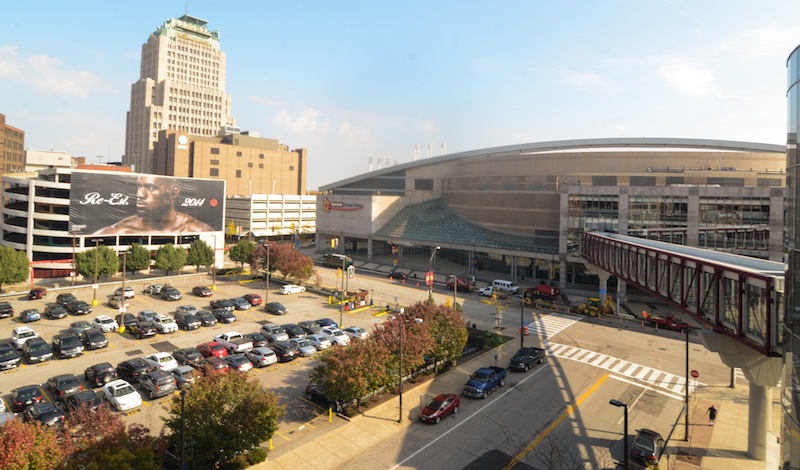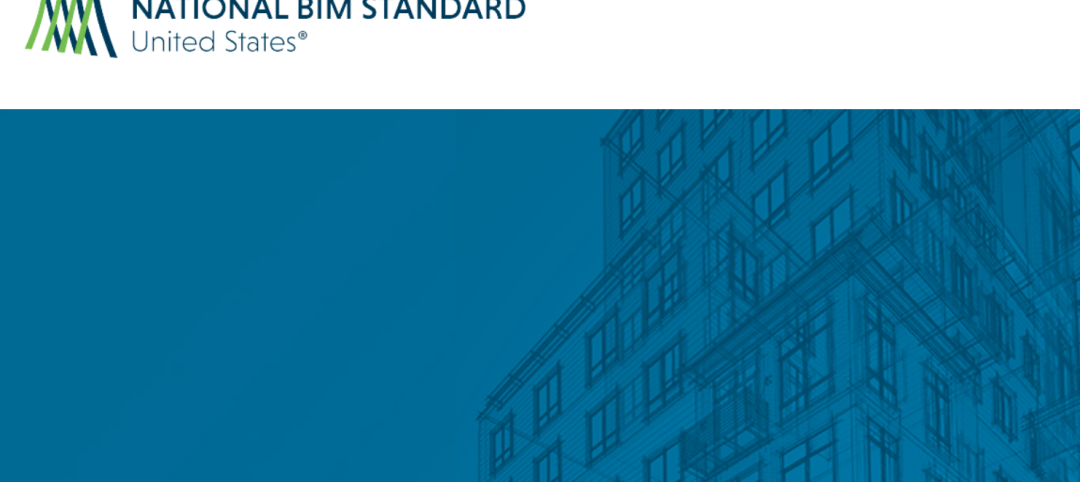Many of us have been frustrated at trade shows or sporting events where your cellphone can’t get reception because too many other people there were trying to use theirs at the same time?
Now consider the Republican and Democratic National Conventions, to be held over the next few weeks in Cleveland and Philadelphia. Each event is expected to attract something like 20,000 delegates, guests, and media, virtually all of whom will be using their cellphones to make calls, send texts and tweets, up- and download videos and images, and check social media sites, often minute-by-minute or even second-by-second.
The wireless networks at Quicken Loans Arena in Cleveland and the Pennsylvania Convention Center (which will continue to be open to the public during the Democratic event) expect to be able to handle this traffic thanks to distributed antenna systems (DAS) supplied by SOLiD, whose ALLIANCE product can support multiple carriers and public safety bands to ensure reliable connectivity in the buildings and surrounding venues and transportation centers.
DAS technology extends a building’s existing’s wireless coverage where it’s needed, so people can stay connected everywhere. SOLiD’s ALLIANCE product line provides robust edge densification to the carrier networks, “and gives them enough power to reach the handset and handle more traffic,” says Ken Sandfeld, president of SOLiD’s Americas division, based in Sunnyvale, Calif. “This year’s political conventions are the most connected and reliable in history.”
SOLiD has been installed in Quicken Loans’ arena for three years, and in 2015 underwent a major upgrade to 5-watt remotes, from 1-watt units, in order to accommodate extra carriers. (It’s not uncommon for mobile carriers to join a DAS at a large venue in anticipation of a big event where they expect a lot of their subscribers will attend.)
There are now 76 SOLiD ALLIANCE DAS units installed at Quicken Loans Arena, where the Republicans’ shindig kicks off on July 18. Verizon operates the network (built by Henkel), and is one of four carriers, along with Sprint, AT&T, and T-Mobile. Additional zones have been added to the DAS to address foot traffic on the floor of the arena during the convention. (AT&T has also been working on improving its bandwidth and reception inside the arena.)

Fifty-eight 20-watt DAS units, supplied by SOLiD, have been installed throughout the 2.2-million-sf Pennsylvania Convention Center in Philadelphia, where the Democrats will hold their presidential convention. Image: Wikimedia Commons
SOLiD is new to the massive Pennsylvania Convention Center, where the Democratic convention starts on July 25. The DAS network there covers 2.2 million sf, and includes 58 SOLiD ALLIANCE 20-watt DAS units installed for radio-frequency coverage. InSite Wireless built and owns the network. T-Mobile will cover the full facility, while AT&T will cover the lower levels of the convention center and the lower level of the nearby Reading Terminal Market.
Sandfeld anticipates that, with the proliferation of wireless devices, DAS installations will become more common, and not just in large venues or stadiums. “In the last few years, high-definition streaming video alone has been driving massive amounts of capacity needs. The number of instances where carriers are connecting [to DAS systems] is growing. And the systems are getting cheaper. I can see a time when all buildings have a system.”
However, not every building is a candidate for DAS unless a carrier is in the picture. That’s why Sandfeld recommends that developers and property managers that are considering DAS find experienced partners “that know how to work with carriers.”
Related Stories
Office Buildings | Jun 5, 2023
Office design in the era of Gen Z, AI, and the metaverse
HOK workplace and interior design experts Kay Sargent and Tom Polucci share how the hybrid office is evolving in the era of artificial intelligence, Gen Z, and the metaverse.
AEC Tech | May 9, 2023
4 insights on building product manufacturers getting ‘smart’
Overall, half of building product manufacturers plan to invest in one or more areas of technology in the next three years.
BIM and Information Technology | May 8, 2023
BIM Council seeks public comments on BIM Standard-US Version 4
The Building Information Management (BIM) Council is seeking public comment on an updated national BIM standard. NBIMS-US V4 has been three years in the making and is scheduled to be released this fall.
Digital Twin | May 8, 2023
What AEC professionals should know about digital twins
A growing number of AEC firms and building owners are finding value in implementing digital twins to unify design, construction, and operational data.
BIM and Information Technology | May 8, 2023
3 ways computational tools empower better decision-making
NBBJ explores three opportunities for the use of computational tools in urban planning projects.
Sustainability | May 1, 2023
Increased focus on sustainability is good for business and attracting employees
A recent study, 2023 State of Design & Make by software developer Autodesk, contains some interesting takeaways for the design and construction industry. Respondents to a survey of industry leaders from the architecture, engineering, construction, product design, manufacturing, and entertainment spheres strongly support the idea that improving their organization’s sustainability practices is good for business.
Sustainability | Apr 20, 2023
13 trends, technologies, and strategies to expect in 2023
Biophilic design, microgrids, and decarbonization—these are three of the trends, technologies, and strategies IMEG’s market and service leaders believe are poised to have a growing impact on the built environment.
Urban Planning | Apr 17, 2023
The future of the 20-minute city
Gensler's Stacey Olson breaks down the pros and cons of the "20-minute city," from equity concerns to data-driven design.
Intelligent Lighting | Feb 13, 2023
Exploring intelligent lighting usage in healthcare, commercial facilities
SSR's Todd Herrmann, PE, LEEP AP, explains intelligent lighting's potential use cases in healthcare facilities and more.
AEC Tech | Jan 27, 2023
Epic Games' latest foray into the AEC market and real estate industry
From architecture to real estate, the realm of computer-aided design hits new heights as more and more firms utilize the power of Epic Games’ Twinmotion and Unreal Engine.

















